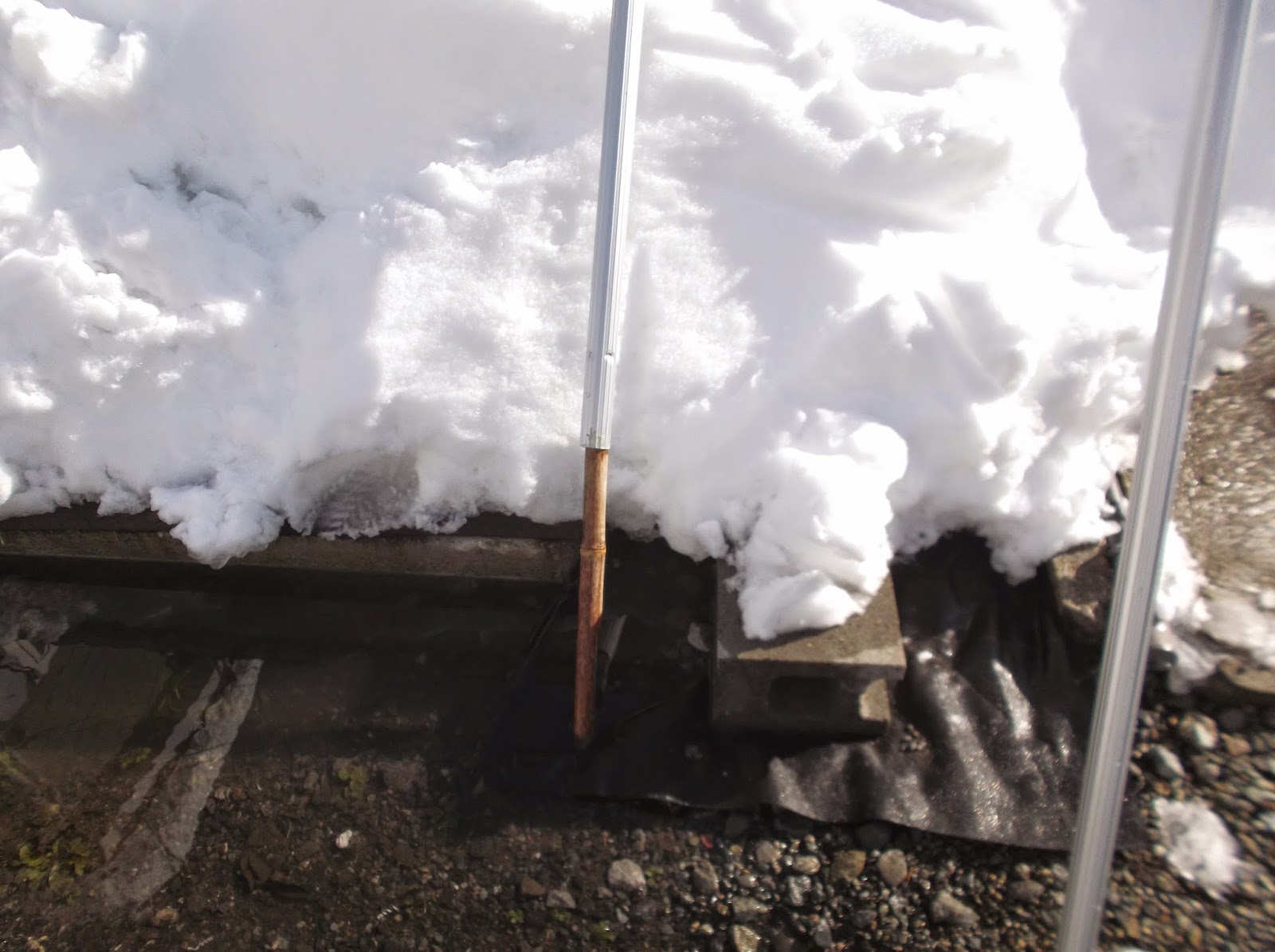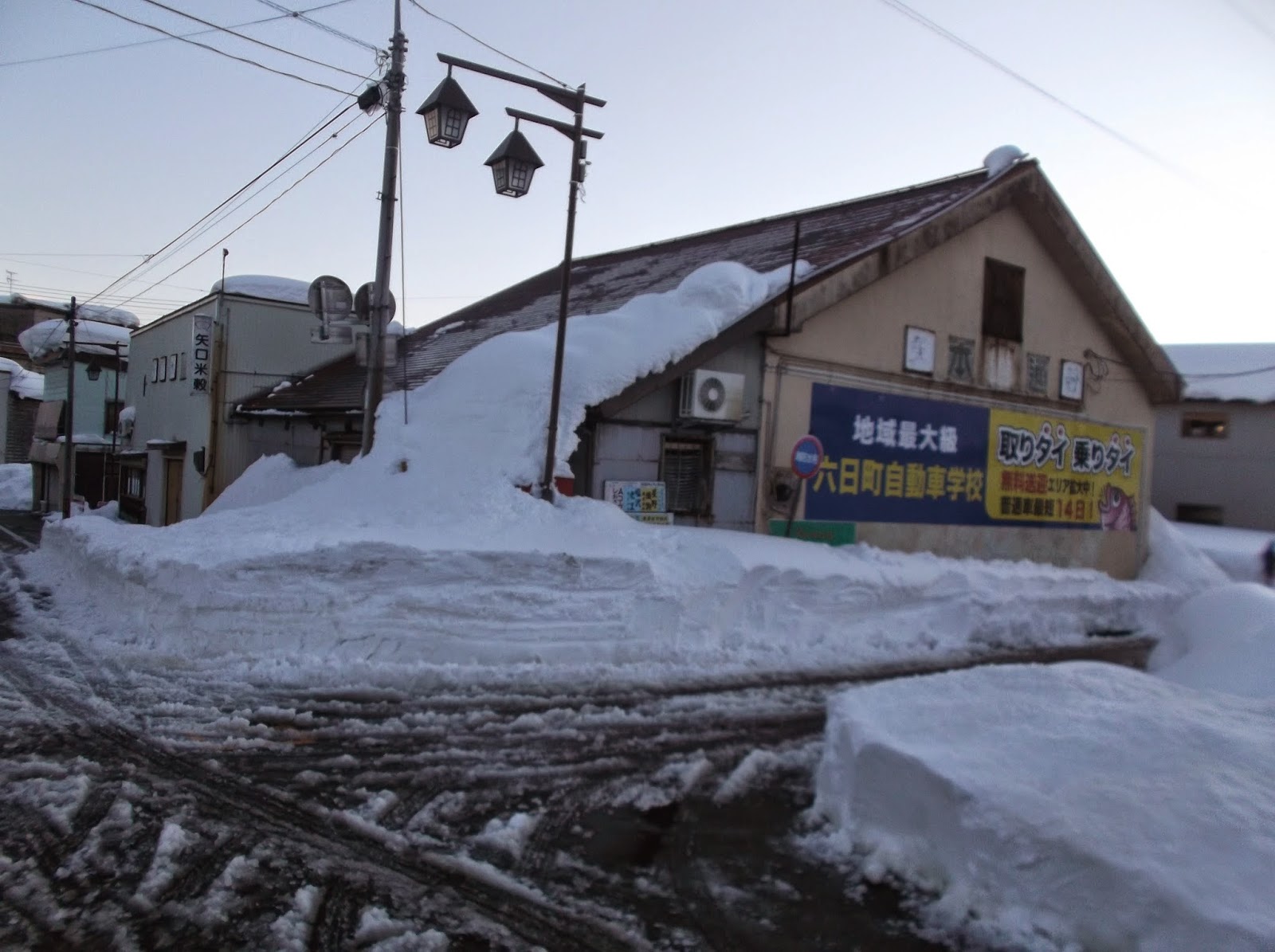On December 21, I made oden, and submitted my oden recipe to COOKPAD, Japan's largest recipe site. You can read my recipe from here (Hiro312's kitchen), although it's entirely in Japanese. It's basically the same as that I previously submitted here in my blog:
12/21、おでんを作って、そのレシピをCOOKPAD(日本最大のレシピサイト)にアップしました。そのレシピはここ(Hiro312のキッチン)から読むことができます。全部日本語ですが。基本的に、以前このブログに載せたのと同じレシピです。
My point is to separate oden ingredients into those that will absorb the broth and become tasty when simmered for a long time and those that will impart their flavors to the broth and become less tasty when simmered for a long time. Suppose you keep having oden for supper on four days, you may want to put lots of ingredients of the former type in the pot and put just enough amounts of ingredients of the latter type for each supper.
ポイントは、おでんの具を、長時間煮ると出汁を吸って美味しくなるものと、長時間煮ると、味が出汁に出てしまい、まずくなるものに分けるということです。おでんを4日間夕飯に食べると仮定して、前者のタイプの具は鍋にたくさん入れ、後者のタイプの具はそれぞれの夕飯に十分なだけの量を入れるといいでしょう。
Three ingredients of my choice:
私が選んだ具、三種類:

Daikon, konnyaku, and boiled eggs.
大根、こんにゃく、茹で卵。
After I turned off the heat, I added some sardine tsumire and chikuwabu, and put on the lid to heat the two additional ingredients.
火を消してから、いわしのつみれを「ちくわぶ」を入れ、蓋をして、足した具を温めました。
Day 2: We had the same oden, with no additional ingredients (on day 1, my children didn't have as much oden as I had expected). No photo.
二日目: 具を足さず、同じおでんを食べました(初日、子供たちが思ったほど食べなかったので)。写真はありません。
Day 3: I added two additional ingredients.
三日目: 具を2種類足しました。
I really like boiled eggs with broth seeped into them.
出汁が染みた茹で卵はホントに大好きです。
Day 4:
四日目:
I had some for lunch. I was surprised to find that some sardine tsumire and chikuwabu were still hinding in the broth! The chikuwabu was tasty enough, but the sardine tsumire tasted as if their umami had been gone.
昼食に食べました。いわしのつみれと「ちくわぶ」がまだ出汁の中に隠れていて驚きました。ちくわぶは十分美味しかったですが、いわしのつみれは旨味が全部なくなったような味がしました。
Day 4, supper:
四日目、夕飯:
I added some more ingredients.
具をもう少し足しました。
As I said above, I really like boiled eggs in oden.
さっきも言いましたが、おでんの茹で卵はホントに大好きです。






















































